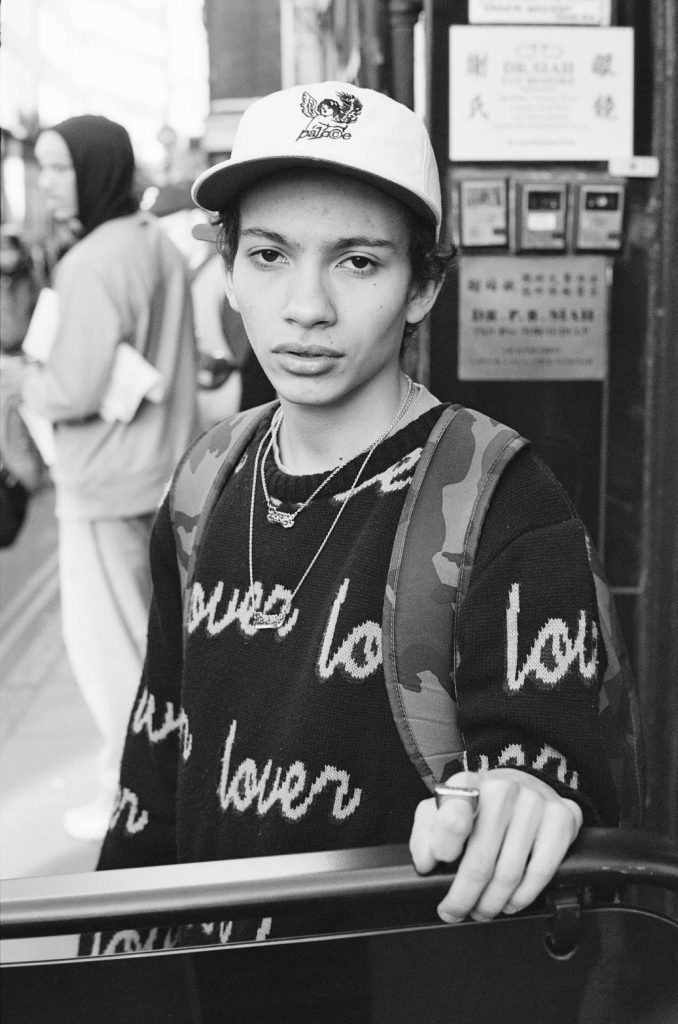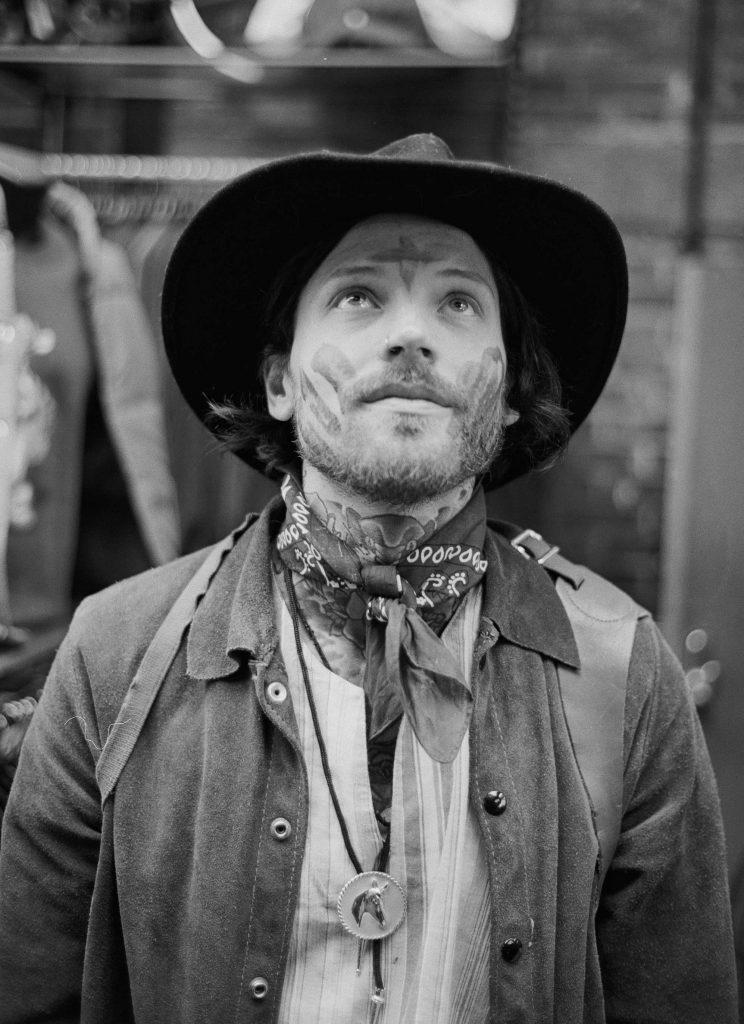Why I shoot street portraits, and why you should too Posted On 19th October 2017 To Magazine, Street & Portrait

I’m Anil Mistry and I’m a photographer. I shoot a whole variety of work, including headshots, documentary, portraits and personally initiated projects. Whatever interests me and helps me to improve my body of work.
I’ve been asked to talk about an area of my photographic work that I have a real passion for. In my case, that's the capturing of street portraits.
Why do I take street portraits?
There’s two main reasons I do it, and I’ll try to go through them succinctly:
It’s not easy
I do lots of street photography. Skulking around the streets and alleyways, capturing interesting little snippets of life that take my fancy. However, I find it a lot more challenging to stop a stranger , engage them in conversation and ask if I can take their photograph. I’m getting better at it each time, but I still have days when I get a number of rejections. On these days, I get filled with self doubt and start to wonder why the hell I do it. On days like that I have to push through that barrier, carry on and end the day with some wins.
It’s really rewarding
When a person you’ve never met before allows you to capture them forever on film It’s a fantastic privileged feeling. It always seems that they walk away flattered and pleased that a stranger has engaged with them, and I walk away feeling that I’ve initiated something that has enriched both our lives. It’s so easy to wander through life without speaking to anyone. We’ve built up barriers, - from headphones to smartphones to plain old fear of the weirdos walking the streets. When I engage with a stranger I feel like I’ve made something positive happen.
Why I shoot with film
I’m not a gear snob, I shoot both digital as well as film and both have their values and uses. Yet for me, getting on the street and taking these portraits always feels better when I shoot with film. The fact that I’m using a film camera slows me down, and makes me take care to try and pose my subjects as best as I can. The “novelty” of using film always engages the subjects too- they feel that something special is taking place- I’m not firing off endless frames, I usually only take one- and so they engage with the pace and fragility of that moment and everything else fades away for a few seconds as they look straight down the lens.
The need to wait for results also allows me to engage further with my subjects- I explain that the shot will take a few weeks to be developed before it goes on my Instagram feed (at this point I give them my details on a specially printed card) – and if they follow me and get in touch when they see it, I’ll send them a copy of the digital scan.
Why black and white?
I love the timelessness of black and white film. It’s more romantic, and when colour is stripped away, you remove a lot of distraction- all that’s left is a person gazing into the lens. That’s really powerful .
I don’t develop my own work (although I’m working on making that happen)- it’s all sent away to a lab, which adds another layer of excitement to the process. The extended time of the film workflow really makes you connect with the process more. There’s a fragility to it- you have to focus (pardon the pun) throughout it all to ensure that you’ve done everything right so that you will get great results back from the lab.
My kit
Although I shoot with medium format, half frame and 35mm. My go-to street portrait kit is my Leica M7 with a Voigtlander Nokton 40mm 1.4 lens. The Leica has aperture priority so I can work with a little automation and spend more time framing, focusing and talking to the subject as I choose a moment to shoot. The viewfinder shows a larger area than my actual shot, which makes it easier to see what i'm doing., and I find the Voigtlander lens sharp but not clinical. It has a romantic feel, especially with black and white film. These shots used Ilford XP2s 400 which gives me good strong blacks with plenty of detail in the mid tones. It’s well defined but not super contrasty, and because I don’t develop my own film I find that I get decently consistent results back from the lab.
Now it’s your Turn
Hiding behind a zoom lens is easy, but If you want a photographic challenge, get yourself out on the street. Make eye contact with a stranger. Smile, and say, “Excuse me- you look great- would you mind if I took your picture?” – Your camera and your portfolio will thank you…
About The Author

Anil Mistry
Anil Mistry ‘s eclectic creative career has taken him through the worlds of design, fashion, TV, comedy and art. He’s had previous roles as a creative director with Paramount and The Walt Disney Company, his T shirt design have been exhibited at The V&A and he designed the title sequences for the TV shows “Spaced” and “Black Books”. He now works as a freelance creative director and in the past 4 years has developed a real passion for photography- both the medium itself as well as the beautiful world of film cameras out there.
You can discover his work here:
Website – www.anilmistryphoto.com
Instagram: @anilmistryphoto
Facebook: /Anilmistryphotography/











